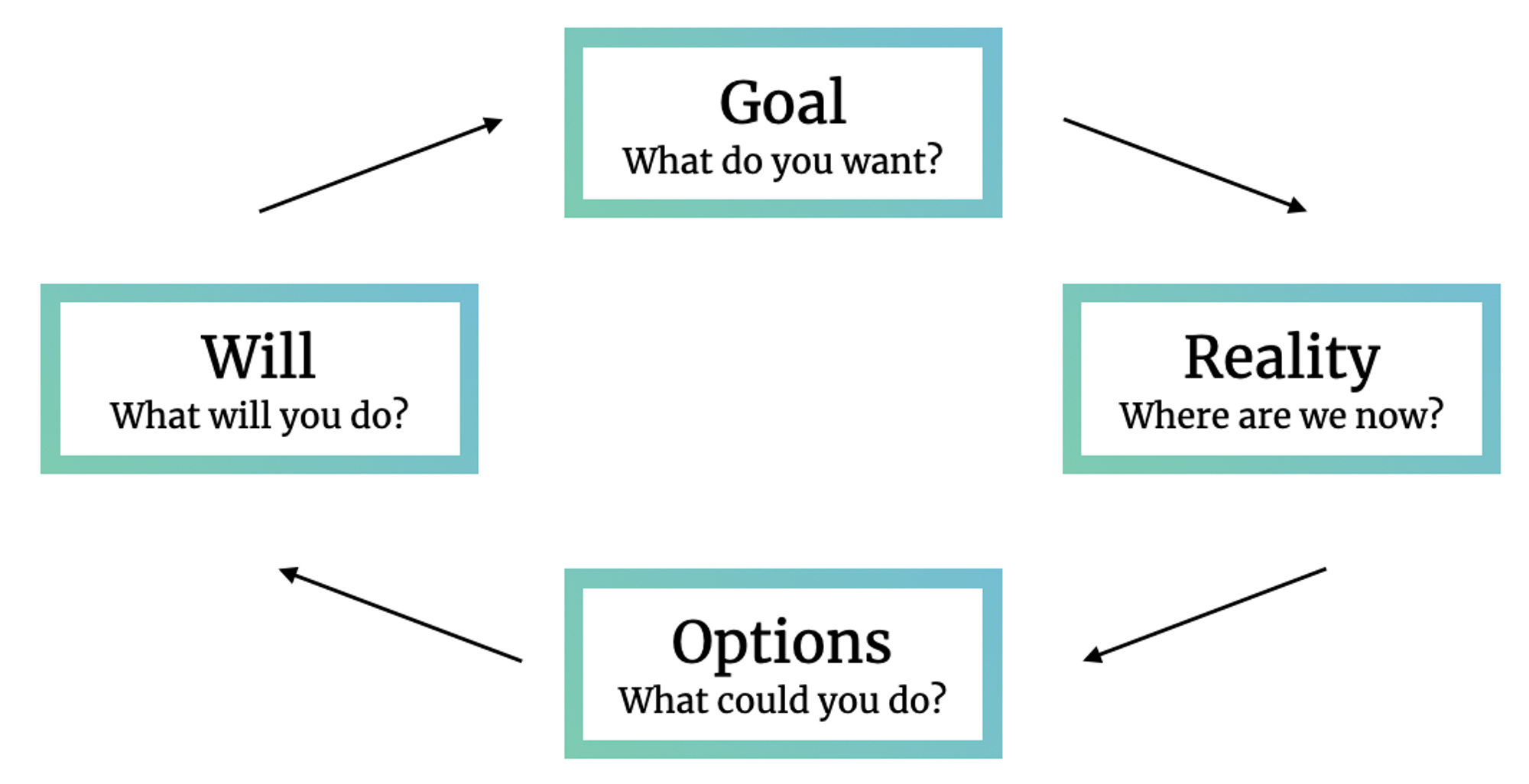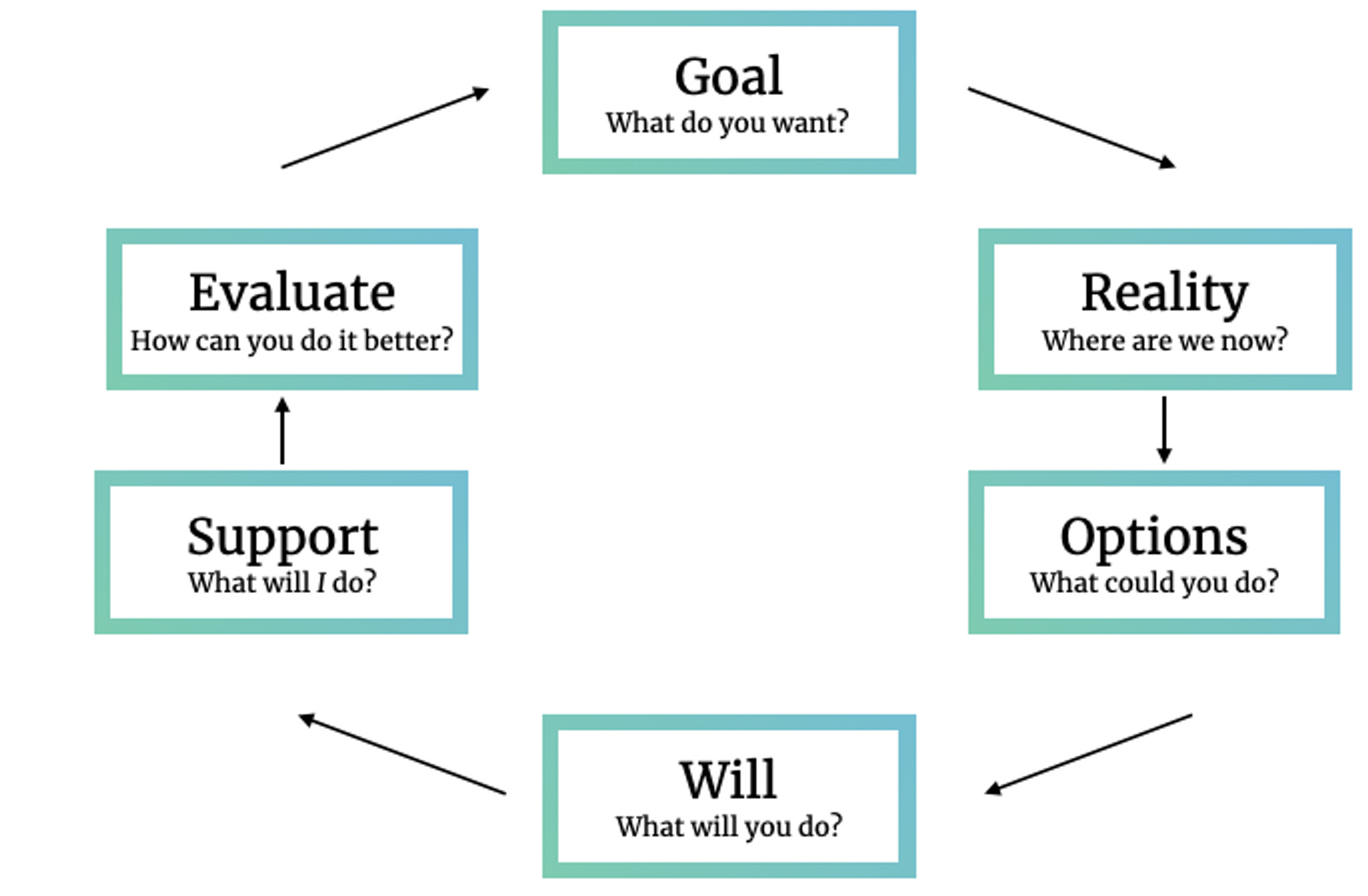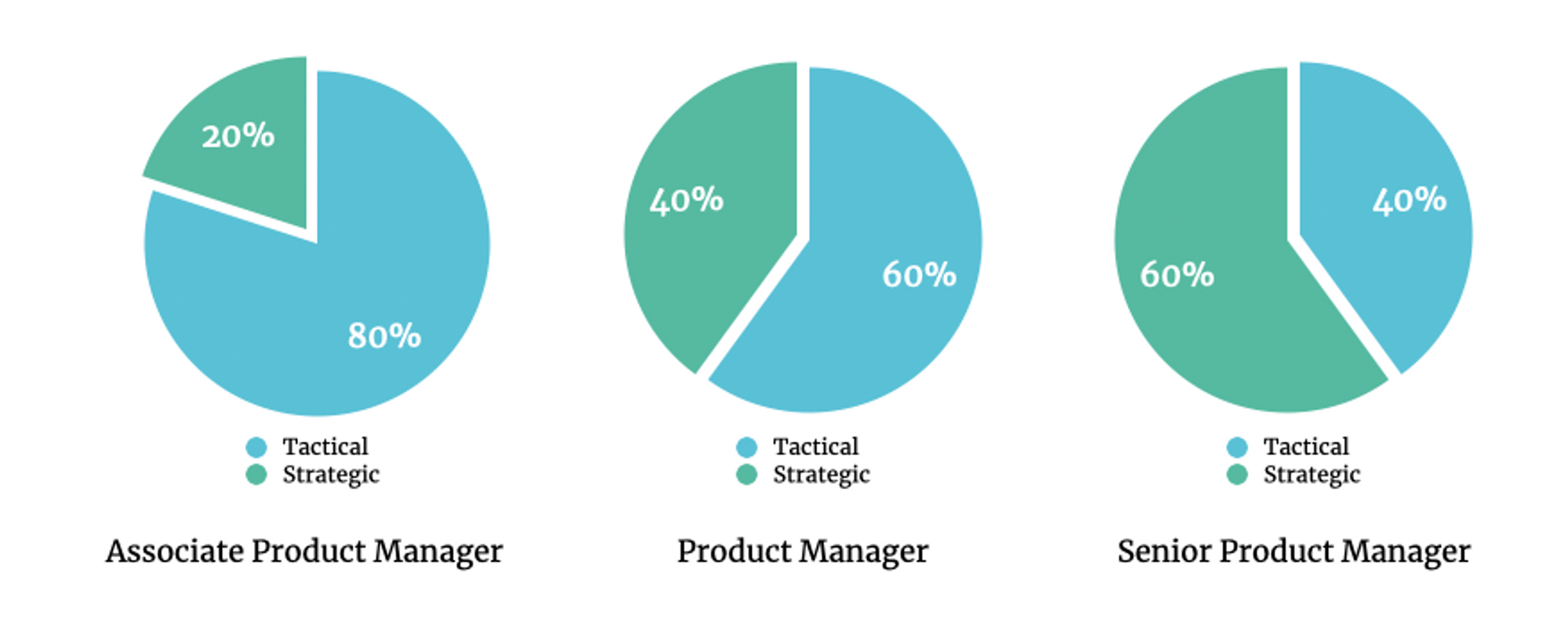Updated: May 6, 2024- 9 min read
Product management has been notorious for being a career path that is very difficult to get into, as there are few formal educational programs. Luckily, platforms like Product School offer aspiring product managers a way in. Large tech companies such as Facebook or Google have their own famous Associate Product Manager (APM) programs.

If you work at a start-up or scale-up like me, you might not have an institutionalized training program set-up for product managers. At Fave, we are just a handful of product managers in the team, so when a new APM joins the team, they are dependent on an experienced PM to show them the ropes.
I believe the best way to teach someone is to give them practical experiences to try, fail, and then learn from it. Thus, the best way is to treat APMs as your mentee and give them the chance to manage a piece of the product development lifecycle of a real product.

The best way to do this is to make sure the APM joins and works closely with a PM who manages an existing product with an engineering team that is actively working on it. In my case, the moment the APM joins my team, I would look at all the different tasks that I am currently handling across the product development lifecycle. At any given moment I might be planning the upcoming sprint, while I am preparing the launch plan for the newest feature and at the same time working with the design team on a new product. Each of these is an opportunity where I can let the APM get hands-on experience.
The GROW Coaching Framework
While the APM should sit in for everything and shadow you, you should identify opportunities for which you actually can give the APM full responsibility for. These opportunities should be chosen based on your mentee’s skills and past experiences. You’ll want them to feel confident. Once identified you set out to mentor the APM to take this specific opportunity. I like to follow the GROW coaching framework.

Goal: What do you want?
I already mentioned that the first opportunity you provide for your APM should be aligned with their strengths. The more opportunities you give after that, the more you should try to align those also with your mentee’s goals and find opportunities that push them out of their comfort zone. You can identify these opportunities for growth by talking directly to them, by getting feedback from their formal managers (in case that is not you) or by evaluating which growth competencies your mentee is weak in.
Reality: Where are we now?
You shouldn’t push your APM right into the cold water immediately. If the chosen first opportunity is, for example, to conduct the sprint planning meeting, ensure that they have sat in with you in at least one meeting before, so they know how it usually works. If it’s to write a user story, make sure they’ve seen you do it before.
Options: What could you do?
What I like to do additionally is to have them meet other product managers in the organization and talk to them or even join them to see how they usually do the specific task. Then, I encourage my mentees to research how other companies are doing it. Before the APM sets out to perform the task on their own, in this case, conduct the sprint planning, I check in with them before to see if they have everything they need and to answer final questions.
You might also be interested in: One-on-One Meetings: Common Mistakes You Should Avoid
Will: What will you do?
Your mentee would likely want to try a different approach that is more in-line with their own personal strengths. It is fine to give feedback and re-set expectations of the minimums that need to be covered, but you must suspend your judgment – even if you think your mentee is going to do a mistake. For them to learn, they will have to fail first. You’ll just have to be there and support or be ready to jump in if anything goes wrong.
The GROW model ends here, but I suggest two more steps.

Support: What will I do?
You must be there when your mentee performs this new task by themselves for the first time. This will lead to the APM feeling safe to fail and allows them to perform at their best (read more about psychological safety here). However, as the APM experienced a specific task a few times it is just as important that you take a step back and be absent altogether. Otherwise, they will never feel the full weight of the responsibility and would always subconsciously feel that if in doubt they could just let you take over.
Evaluate: How can you do it better?
After each of these experiences, you check-in with your mentee again. First, ask them how they think they did. Often they would either greatly over- or underestimate their performance, based on their confidence. Here is where you come in and give them honest feedback on everything they have done well and they could improve on. Then you identify the next opportunity and the GROW cycle can start from the beginning.
You might also like: How to Run One-on-Ones With Your Product Team
Closing the cycle
However, your responsibility as a mentor does not finish after one GROW cycle. It is on you to identify more and more opportunities for your mentee to complete GROW+SE cycles. Try to give tasks across the product development lifecycle. If your APM has primarily worked in delivery, understanding the ins-and-outs of working with developers and turning a well-groomed backlog into features (which is where I suggest you should usually start with), try giving opportunities to work with the design team, running discovery for a new feature, or to work with the marketing team in launching a feature.
Even better, if you can hand-off the complete responsibility for all following stages for a product or feature in a specific stage of the product development lifecycle. For example, you finished the discovery portion, but then hand it over to the APM to let them handle the rest, from working with the design team on the prototype until launching it with the marketing team. At this point, your APM might not have their own team yet, but you can simply arrange with your development team to treat your APM as a direct point of contact for everything regarding the feature or product they’re handling.
This will put you in the comfortable situation of being able to be less hands-on. You should still continuously checking-in, but basically, at that moment, your APM became a self-sufficient independent contributor. You can let your APM take most of the tactical work and you can focus more on the strategic aspects.

The final milestone of your mentoring journey with your APM should be their “graduation”. The moment they get promoted, get their own product to manage or even their own development team to work with. To understand how to get there, let’s have a closer look at the split of responsibilities of a product manager. Until now, we’ve mainly focused on the tactical work of being a PM where the priorities and specifics are already decided. What you want your APM to learn is how to manage a backlog, negotiate scope with stakeholders, and how to run product discovery for future iterations. How do you do that? With the same GROW+SE framework that you already know.
Start with the Goal and see what your mentee is interested in. If you do your strategic homework well, you should already have a few initiatives lined up that your APM could take on. Then you spend enough time describing the Reality and give a handover of the PRD or any other documentation that is already there. You leave it to the APM to run the discovery process and come up with various Options. Finally, you support in the prioritization to come up with what the team Will end up building. At this point, it will become harder to offer your Support and to Evaluate, since your APM works mostly independent, so you do this by having regular (i.e. weekly or bi-weekly) catch-ups with your APM, but also speak to people they work with to gather more feedback. And that’s it. More GROW+SE cycles completed.
What’s next?
If at this point you don’t know how to get started, don’t worry, I got you.
You could be in a situation where you don’t need new APM’s right now. That’s fine, soon there’ll be an opportunity.
You could be in a situation where you direly need APMs but for whatever reasons cannot hire right now. In that case, you can identify high potential candidates from within the company. If you follow the GROW+SE framework, you’ll have them performing as if they’d been PMs all their lives in no time.
You could be in a situation where there are APMs in your product organization, but you don’t feel you have the authority to mentor them because you’re not their direct manager. I believe this is where you can start. At Fave, we follow a competency model to identify growth opportunities for product managers. One of these is people leadership and we believe it is the responsibility of every PM, whether they’re formal managers or not, to mentor peers or APMs to drive a positive growth culture. You might still be apprehensive – and so was I. I opened the topic with my Head of Product who gave me permission to lead, permission to start mentoring.
Thanks for staying with me thus far. My final words to you are not to treat this framework as a step-by-step guide for your company. Every situation is different and can require a different approach. Rather take my learnings and implement the right culture and behaviors in your product organization. Advocate for a growth mindset and the rest will follow.
Meet the author

Laurin Lukas Stahl is a Senior Product Manager at Fave, based in Kuala Lumpur, Malaysia. Originally coming from the non-profit sector he has experience in building multi-sided platforms, maximizing value for consumers and producers at the same time.
Fave is the next generation Digital Merchant Platform in South East Asia that empowers offline merchants to grow and connect with their customers in a whole new way. We’re on a mission to accelerate the offline world’s transition to the digital economy by putting growth at the centre of our merchants, our customers, our people and our partners because growth is good for everyone.

Updated: May 6, 2024





